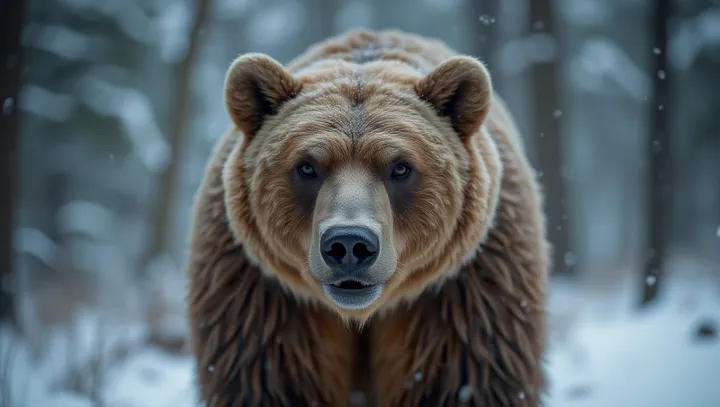Why Do Animals Hibernate?

In the heart of North America and the cold expanses of Europe, a remarkable phenomenon occurs as winter sets in. Many animals begin to hibernate, entering a state of dormancy that allows them to conserve energy when temperatures plummet and food becomes scarce. Hibernation involves a complex physiological process where animals significantly reduce their metabolic rates, enabling them to survive for months without eating.
Notable examples of hibernating animals include bears, certain species of bats, and ground squirrels among others. According to Dr. Lisa Brookes, a zoologist studying animal adaptation, the primary purpose of hibernation is energy conservation.
'In winter, the energy cost of maintaining normal body temperatures and activities becomes unsustainable in environments with limited food availability,' she explains. Recent studies indicate that, beyond energy conservation, hibernation may also play a role in population control. By limiting activity and energy expenditure during adverse conditions, animals that hibernate can maintain stable population numbers and avoid overexertion in the tough winters.
Consequently, understanding the intricacies of animal hibernation offers insights into broader ecological patterns. It raises awareness of how changing global temperatures could impact these survival strategies, emphasizing the need for conservation efforts in the face of climate change.
